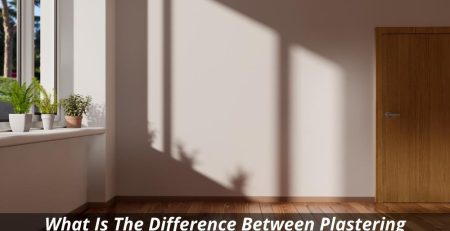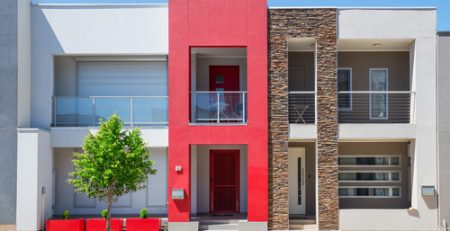House Rendering: Why Use Acrylic?
House Rendering: Why Use Acrylic?
One of the newest products in the rendering market is acrylic rendering. Rendering acrylic is a form of rendering that involves the use of pre-packaged cement renders mixed with acrylic, which is a plastic-based material. The use of acrylic has been gaining a lot of ground in the house improvement market. Here are a couple of good reasons why you too should consider this type of rendering for your home. It reduces the tendency to crack one issue that cannot be completely eliminated when it comes to cement rendering is cracking. But something can definitely be done to minimise the tendency to crack. Though durable, the conventional cement render only has the strength of regular cement, which can serve you well for a couple of years but then will start showing cracks. The use of acrylic as an additive reinforces the strength of regular cement and gives it a bit of flexibility to prevent cracking.
Also, acrylic rendering uses a render composition similar to cement rendering but instead also includes acrylic, a type of plastic, in the mixture. Rendering acrylic is suitable for many internal and external applications, including brick, existing render, painted walls and ceilings, balustrades, polystyrene, cement, and concrete blocks. Like cement rendering, acrylic rendering can be completed in many finishes and colours, so there is sure to be a combination that will perfectly suit the inside or outside of your home.
Acrylic rendering is often considered to be a superior option to cement rendering as it is more flexible, therefore being more resistant to cracks and having increased durability when small movements in the wall occur. It will last for a long time, being more resistant to water and UV rays. Acrylic render is highly suited to locations where the weather changes frequently, as the material’s flexibility will accommodate for these changes as it moves with its foundations. Acrylic rendering can be applied to a greater variety of surfaces than cement rendering and is fast to apply as well as quick-drying. Acrylic rendering is appropriate for application on timber and fibre cement, where cement rendering won’t stick.
Rendering acrylic is also easy to apply and can be troweled, rolled or sprayed onto a surface. A two-coat application is common, sometimes in two different colours. Acrylic also dries much faster than cement renders, only taking a few days to cure as opposed to a month. Acrylic render is also better suited to allow the wall or material underneath it to breathe and is less susceptible to the growth of bacteria and fungi thanks to its water resistance.
Rendering is more durable, longest lasting, can be applied to many different surfaces and is more expensive than traditional cement rendering. Cement render dries solid and is susceptible to cracking if there is movement in the walls, acrylic render remains flexible and can withstand small movements in the wall, Acrylic rendering allows you to be creative with your finish, with options including smooth or textured. In some cases acrylic rendering is the only option, for example, cement rendering won’t stick on timber, concrete or fibre cement, whereas acrylic will.
Our team at Jims Rendering Sydney carries out acrylic rendering in Sydney. Call us today on 0410 744 307 for a free quote.




